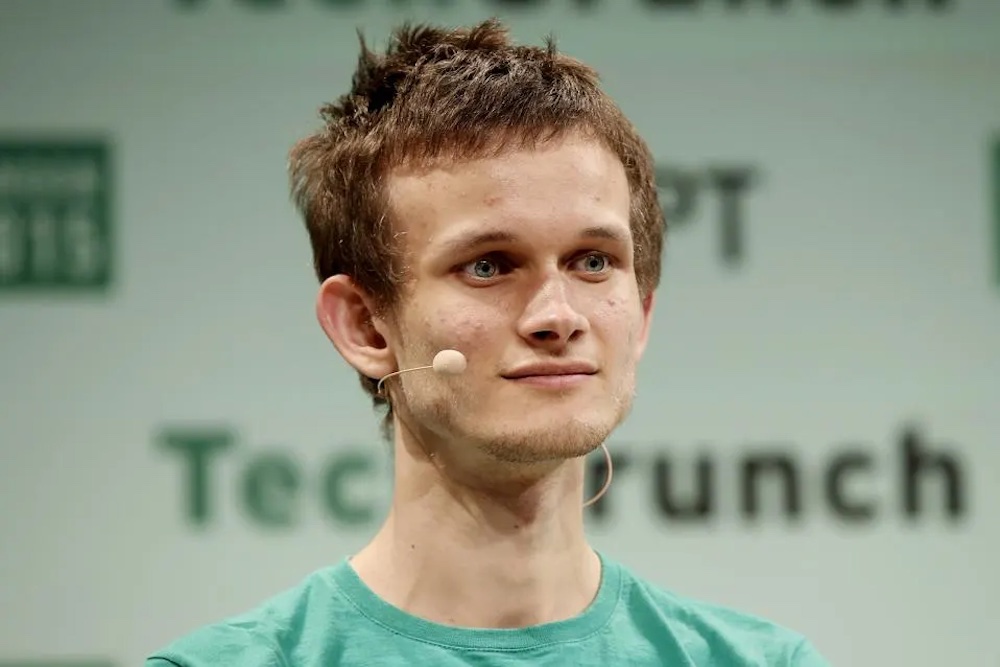After two years of transit from Proof of Work (PoW) to Proof of Stake (PoS), the Ethereum blockchain co-founder Vitalik Buterin published how he intends to enhance the blockchain’s mechanism to meet users’ advancing needs.
Why the Need Arises
Buterin acknowledged that Ethereum’s PoS consensus algorithm currently takes approximately 15 minutes to finalize a block. This delay can have negative consequences, including reduced user experience due to waiting for transactions to be confirmed.
Ethereum’s current staking requirement of 32 ETH creates significant barriers to entry, limiting participation from smaller stakeholders due to high capital requirements. This restriction can lead to a less diverse validator set, potentially compromising network security and decentralization.
Buterin’s Goal
The blockchain developer’s goal is to achieve single-slot finality, finalizing blocks in 12 seconds or less. Achieving this objective would bring numerous benefits, including improved user experience through faster transaction confirmations and simplified infrastructure.
The goal of staking democratization is to reduce the minimum staking requirement to 1 ETH. Achieving this objective would increase participation from individual stakeholders, improve network decentralization, and enhance security through a more diverse validator set. This would promote a healthier and more resilient ecosystem.
The Challenge
Like several goals, Buterin’s two major objectives for the Ethereum blockchain face challenges. Achieving single-slot finality poses technical challenges, particularly in scalability and security. Processing signatures from millions of validators in a short time frame is a significant hurdle.
Staking democratization also poses its technical challenges. Scalability issues arise from handling increased validator numbers while maintaining network security with smaller stake sizes.
Buterin’s Proposed Solutions
To overcome the single-slot finality challenge, Buterin’s proposed solutions include improved signature aggregation protocols, such as utilizing ZK-SNARKs, and Orbit committees, which involve randomly selected committees for finalizing blocks. These solutions aim to maintain economic finality while reducing finalization time.
To address the staking democratization challenges, Buterin’s proposed solutions include improved validator management systems and dynamic validator selection algorithms. He believes that by overcoming these hurdles, Ethereum can enhance its scalability, security, and decentralization, ultimately benefiting its users.
Meanwhile, Buterin keeps working to improve Ethereum’s performance. The successful implementation of the Ethereum Purge and Dencun upgrade, finalized seven months ago, demonstrates the network’s ongoing commitment to growth and optimization.

